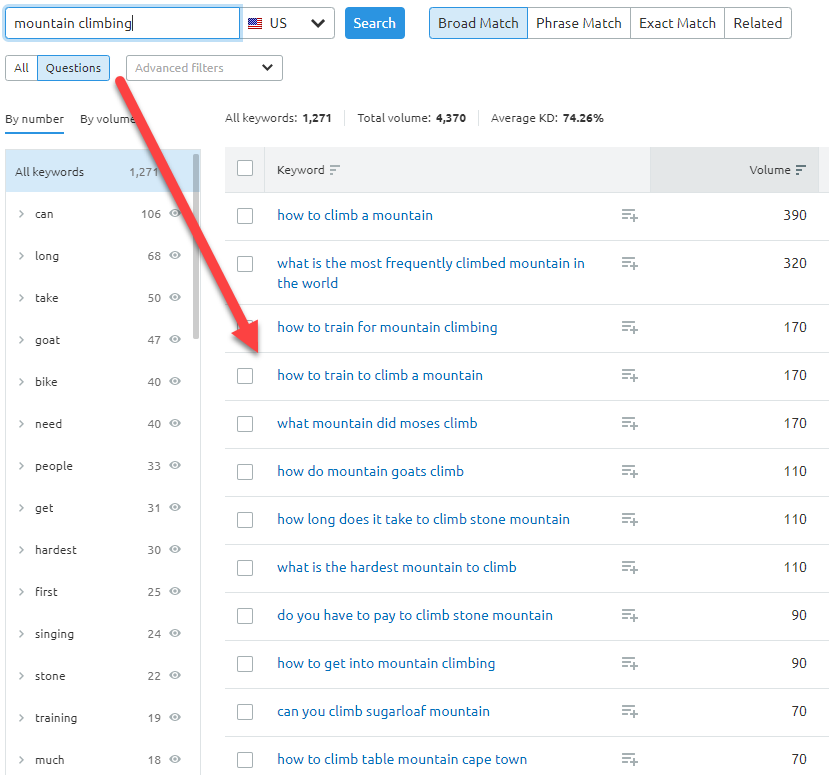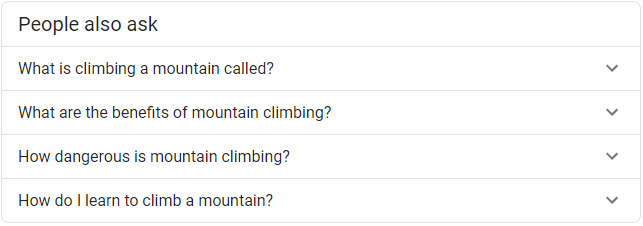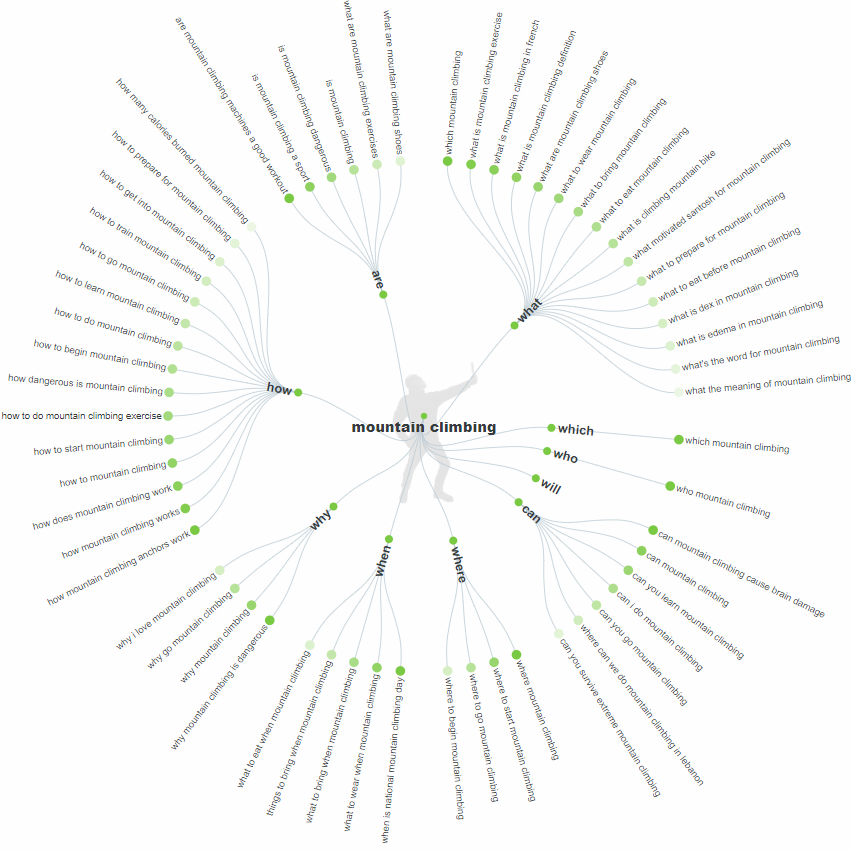SEO copywriting is the process of creating content that fits the dichotomy of appealing to both audiences and search engines. There are many strategies that can help boost rankings and drive audiences to promote content by linking or sharing. The challenge lies in optimizing page copy with target keywords as well as piquing the interest of readers. SEO copywriting keeps the user in mind while creating naturally engaging content.
Check out some of our SEO best practices in our guide below.
SEO Copywriting Basics Checklist
We’ve compiled an SEO copywriting guide to help create compelling content that appeals to readers and search engines.
1. Appeal to Audience Intent
The first thing to keep in mind is understanding your audience’s intent. The first goal of SEO copywriting should be to create content with your audience top of mind. Audiences are using search engines to find the answers to their questions. It’s imperative that we understand our audiences and why they’re using search engines through different phases of their research.
The first goal of SEO copywriting should be to create content with your audience top of mind.
It’s important to keep audiences as your top priority and to understand what motivates readers to click and share your content. A useful SEO copywriting technique is to optimize your content by answering questions. Not every copywriter has access to extensive audience research, but there are other ways to discover the hard-hitting questions.
One of the most useful tools in finding user intent is SEMrush’s Keyword Magic Tool. This tool has the ability to narrow topics down by related questions—questions your users are asking on search engines.
Another useful tool for discovering audience intent is Google’s People Also Ask feature. Google algorithms track related questions to a user’s queries and provide related questions. Users can then access answers directly on the search engine results page and navigate to the site. Optimizing content around these questions is a great opportunity to win additional organic traffic!
AnswerThePublic.com is another tool commonly used to discover related questions. Users can submit the topic into the search bar and generate a populated wheel of related questions audiences are asking.
2. Conduct keyword research for SEO copywriting
The second basic tip for SEO copywriting is to master the art of keyword research. All successful SEO copywriting should begin with basic keyword research. What are audiences searching for? For what questions are users hoping to find answers? Although search engine algorithms have evolved over time, keyword research remains a crucial step in the process. Yes, Google cares more about the authority of your site more than the number of keywords it contains, but keywords are still an important indicator to audiences and search engines that the page is relevant to their needs.
Some writers feel that including keywords from research can be robotic and lacks creativity. This doesn’t have to be the case! Keyword research can provide an additional direction for copywriters to understand their audience’s needs. In fact, basic keyword research can spark new ideas and help content reach broader audiences.
3. Understand search engines
The third tip for SEO copywriting basics is to understand the bread and butter of on-page optimizations: how search engines work. A bit of keyword research and optimization of titles and metadata can really go a long way with organic performance. One simple step is to include H-tags to improve the readability and crawl-ability of the page.
It’s also important to avoid keyword spam. At first, you may think stuffing your content with high-volume keywords may be a sure way to gain visibility and performance on search engines. However, Google is smarter than you think! The days of keyword stuffing are long gone thanks to the frequent updates of Google’s algorithm and machine learning. Not only is keyword stuffing a turnoff for search engines, but it’s also something that discourages link building and the audience’s desire to share content.
4. Copyedit: It’s key
The fourth SEO copywriting technique to master is the universal art of copyediting. Audiences don’t like sloppy content and neither does Google. Proofreading is often a step some writers skip thanks to tools like spellcheck and the HemingwayApp. However, we strongly encourage all copywriters to proofread everything they write! There’s much to be said about keeping a concise and consistent flow in the content.
Having clean and concise content helps generate interest in audiences, which leads to more shares and higher authority for your site. Search engines reward pages that act as an authoritative resource for the subject topic. It’s a copywriter’s job to create engaging new content that helps foster this goal.
5. Call Your Readers to Action
The last SEO copywriting tip is to understand that it’s always a copywriter’s job to drive readers to action. It doesn’t matter if you’re writing about mountain climbing or tax law, there should always be an actionable aspect of your content. Driving readers to take action is typically the primary motivation for copywriters to create content.
Consistent and creative content that is persuasive and optimized for search engines is the key to visibility. All copywriters should know what the end goal is for the content and engage audiences to do what you want them to do next. Do this and you can achieve the primary goal of SEO copywriting: visibility and getting your users to promote your content by sharing it with a broader audience!
Learn more about other SEO best practices and let us know what you’re thinking in the comments below!


